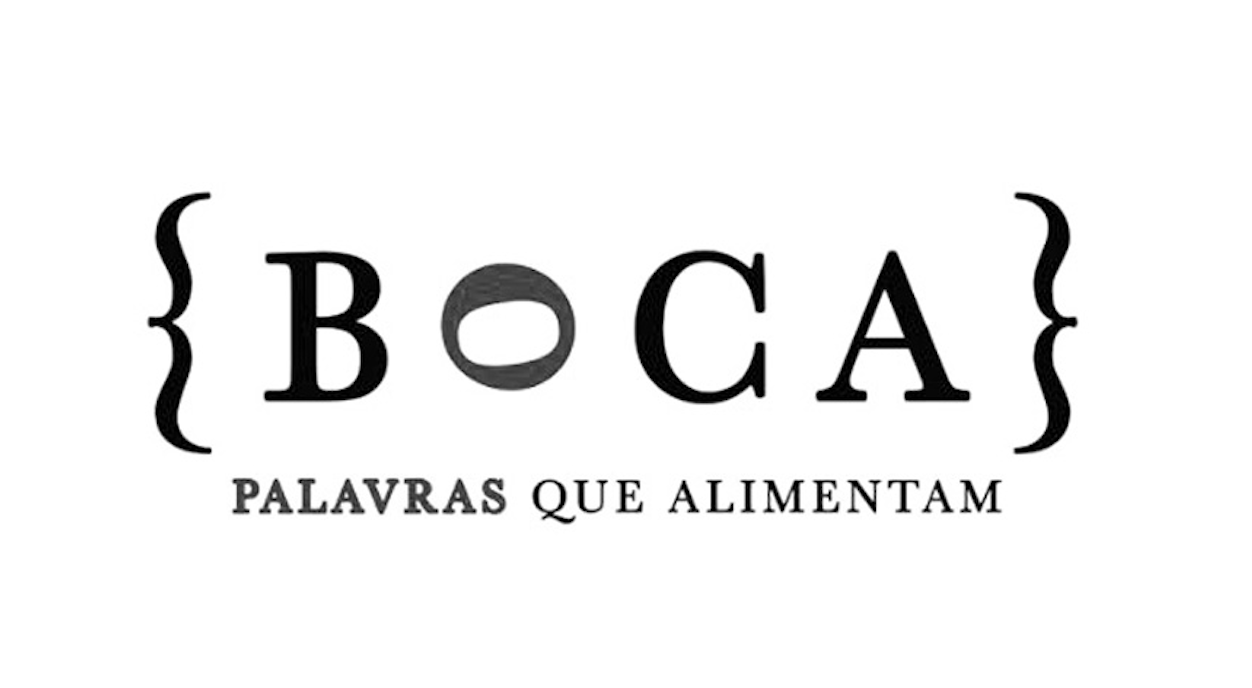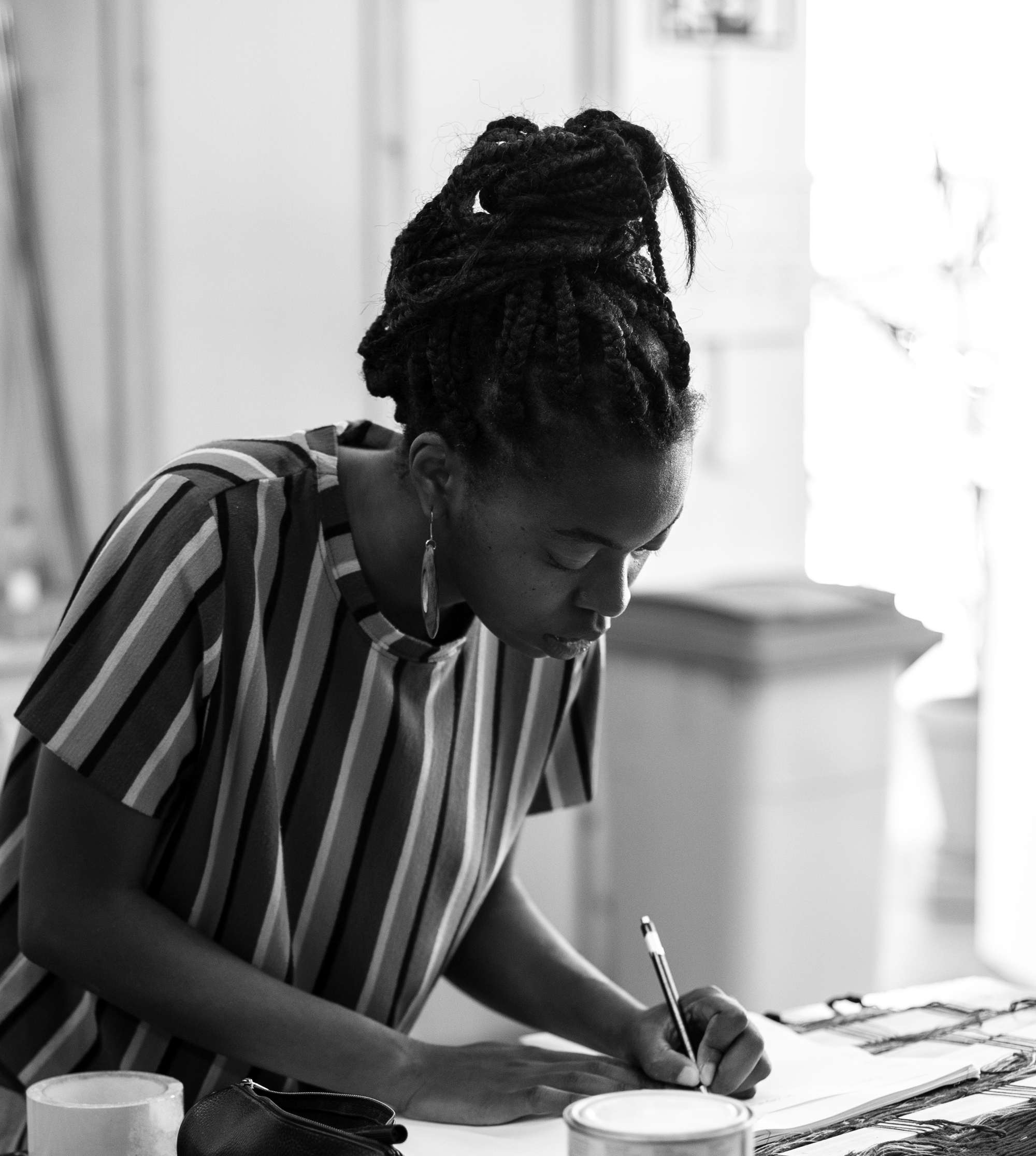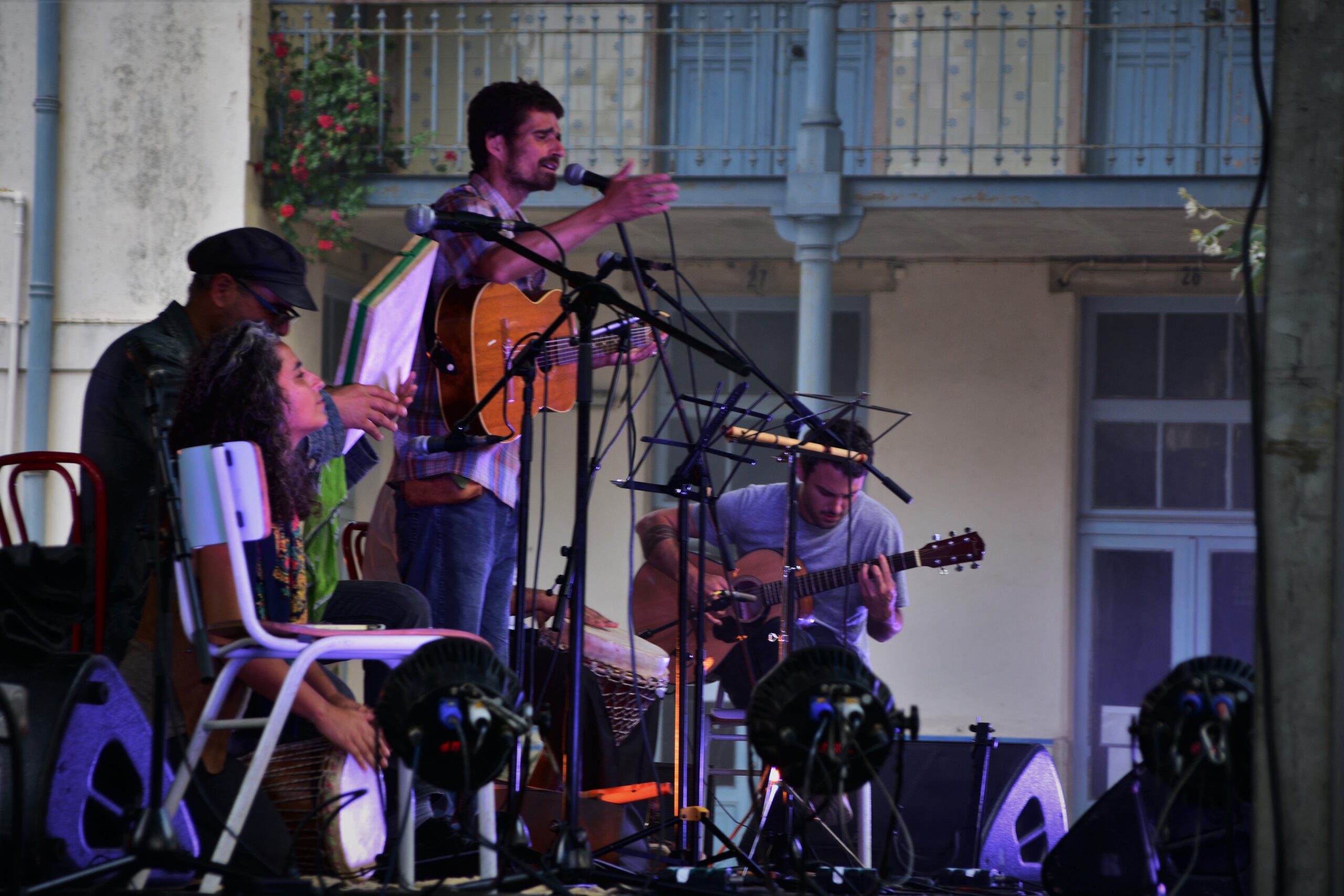Access here the radio projects developed by the artists, researchers, and invited collectives for the tenth edition of EIRA. Also, listen to their conversations with members of OSSO.

Tomás Cunha Ferreira
The work of Tomás Cunha Ferreira (Lisbon, 1973) combines various mediums in an open and cross-border practice – each piece assumes itself as a prototype that can take on various forms, functioning as a possible score, notation, visual poem, emblem, pattern, painting, among others. In this sense, each work results in a condensed hybrid figure, whose interpretation is in constant transition between visual elements and rhythmic or sonic elements.
In a 1965 text titled ‘Between Poetry And Painting,’ the Benedictine monk and poet Dom Sylvester Houédard uses the terms logos and icon to refer more broadly to word and painting. Tracing a historical chronology of the relationships between logos and icon, from primitive artifacts to the 1960s, Dom Sylvester Houédard proposes terms such as ‘almost-painting,’ ‘almost-word,’ or even ‘almost-letter,’ which serve as open and continually redefined programmatic hooks. The proposition of these composite terms is programmatic, and their premises seek to challenge the nature and existence of words and painting as distinct materials, proposing zones of free circulation and non-separation between text and image, between poetry and painting, between logos and icon. Like separated siblings at birth, logos and icon are rescued through this skewed genealogical tree elaborated by Houédard.
Tomás Cunha Ferreira lives and works in Lisbon.
Radio program with Tomás Cunha Ferreira
more info:
http://tomas-cunha-ferreira.blogspot.com/
https://tomascunhaferreira.bandcamp.com/album/vai-come-ar

Uma história da BOCA
A brief sonic history of a publisher that was born 17 years ago to create audiobooks and has since fallen in love with working with sound and books. They enjoy working with the diversity of literary records and sound formats, valuing both traditional literature and authorial texts, popular poetry as well as poetry slam or experimental poetry, oral narration as well as theater, novels, or chronicles. They especially enjoy creating editions for children of all ages and whenever possible, they blend science and the arts, venturing into extra-literary and extra-sonic territories. They also engage in cultural programming and external production of books, audiobooks, and a variety of sound formats.
BOCA – palavras que alimentam is a publisher and producer that has been working since 2006 in the creation of books and audiobooks, educational resources, and a wide range of sound formats (from audio guides to sound installations or podcasts). They also engage in cultural programming in the areas of radio and shared reading/listening experiences.
A history about BOCA
more info: https://www.boca.pt/

Photo: Mariana Lopes
The artist Eneida Lombe Tavares shares with us, in three broadcast moments, a program she called “Paisagem Contada”, a document about family and territorial memory.
Eneida Lombe Tavares (Barreiro, Portugal) completed her master’s degree in Product Design at ESAD.CR in 2014. She currently works in her studio in Caldas da Rainha. Additionally, she co-founded Studio Mulato with Jorge Carreira.
She is also a curator and does the dishes at the DOC Association.
Paisagem contada I
Paisagem contada II
Paisagem contada III
more info: https://eneidatavares.pt/
Live music at OSSO.These two concerts will be broadcast on FM 89.6 MHz (São Gregório and surrounding areas) and streamed on this player.
SÊ TU TODO | 18h00

Não digas nada que tu creias / fala como a cigarra canta / nada iguala o ser o som pequeno entre os rumores / com que este mundo encanta / a vida é terra e o vive-la é lodo / tudo é maneira, diferença ou modo / em tudo quanto faças sê só tu / em tudo quanto faças sê tudo todo.
Jozé Sabugo – adufe, reco-reco, declamation, and objects
André Fausto – voice and acoustic guitar
Sunil Pariyar – flute, djembé, and adufe
Sê tu todo began with the meeting of two Azoreans in Sintra. Then came musicians from various parts of the world, along with poets, acrobats, technicians, drawings, sounds, faces, moments, and encounters. We passed through places as diverse as the Diferença Art Gallery, Sociedade União Sintrense, António Silva Municipal Auditorium – Teatro Mosca, Casa de Saúde do Telhal, Fórum Liberdade e Pensamento Crítico, Lagoa Azul, Cooperativa Quinta dos 7 Nomes, Clube Recreativo Praia das Maçãs, Casa de Teatro de Sintra, and Estabelecimento Prisional de Lisboa. In each of these places, someone broke the boundary between the stage and the audience. We received gifts in the form of song, movement, and poetry. New words merged in sharing with the ones we brought with us. Traditional popular Portuguese and Nepalese poetry, Fernando Pessoa, Maria Almira Medina, and Ibn Mudéjar.
Sê tu todo concert, live from OSSO.
more info: setutodo.weebly.com
TOMÁS CUNHA FERREIRA | 21h00

Tomás Cunha Ferreira
The work of Tomás Cunha Ferreira (Lisbon, 1973) combines various mediums in an open and cross-border practice – each piece assumes itself as a prototype that can take on various forms, functioning as a possible score, notation, visual poem, emblem, pattern, painting, among others. In this sense, each work results in a condensed hybrid figure, whose interpretation is in constant transition between visual elements and rhythmic or sonic elements.
In a 1965 text titled ‘Between Poetry And Painting,’ the Benedictine monk and poet Dom Sylvester Houédard uses the terms logos and icon to refer more broadly to word and painting. Tracing a historical chronology of the relationships between logos and icon, from primitive artifacts to the 1960s, Dom Sylvester Houédard proposes terms such as ‘almost-painting,’ ‘almost-word,’ or even ‘almost-letter,’ which serve as open and continually redefined programmatic hooks. The proposition of these composite terms is programmatic, and their premises seek to challenge the nature and existence of words and painting as distinct materials, proposing zones of free circulation and non-separation between text and image, between poetry and painting, between logos and icon. Like separated siblings at birth, logos and icon are rescued through this skewed genealogical tree elaborated by Houédard.
Tomás Cunha Ferreira lives and works in Lisbon.
Tomás Cunha Ferreira concert, live from OSSO.
more info:
http://tomas-cunha-ferreira.blogspot.com/
https://tomascunhaferreira.bandcamp.com/album/vai-come-ar
Rita Thomaz and Liliana Ferreira in conversation with Esperança Alves.
Osso in conversation with Sara Mealha, Francisca Carvalho, and Tomás Cunha Ferreira.
Oriana Alves and Nuno Morão talking about BOCA.










